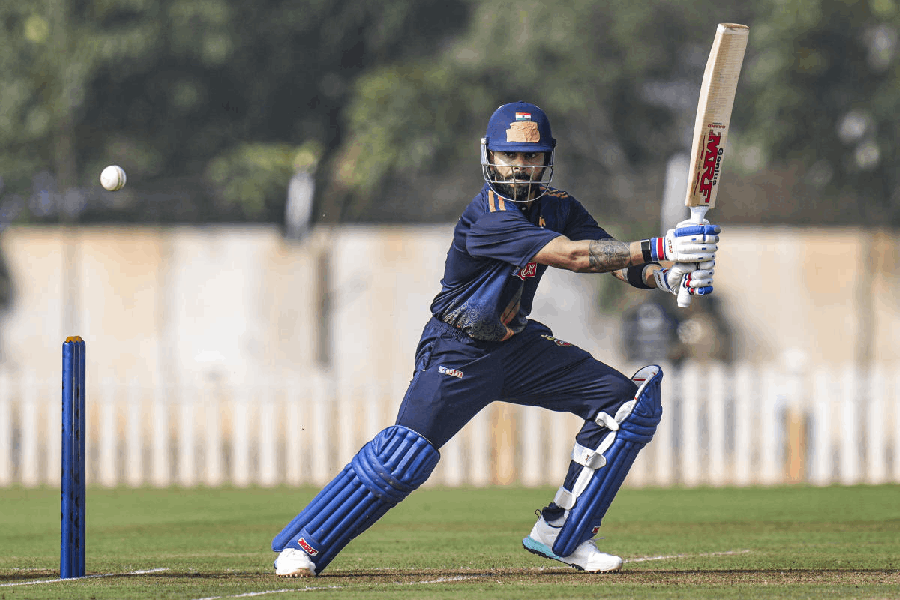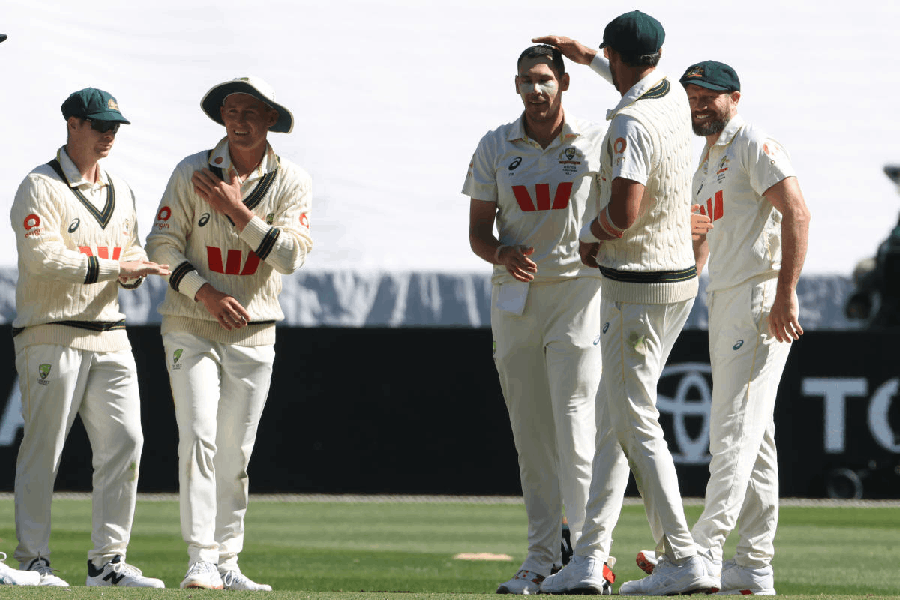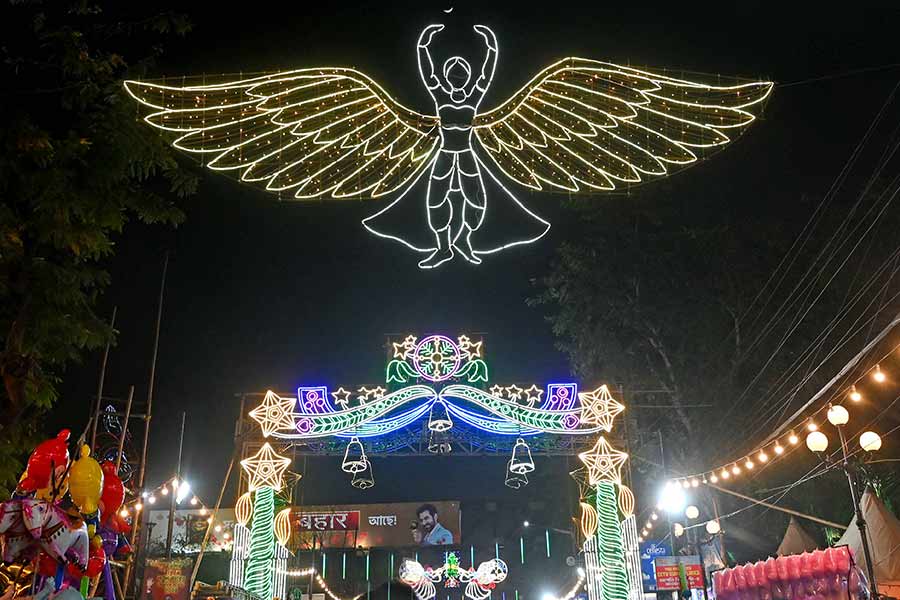 Friday, 26 December 2025
Friday, 26 December 2025
 Friday, 26 December 2025
Friday, 26 December 2025
The Delhi government on Tuesday directed schools to conduct classes in hybrid mode up to Class 5 as the city recorded its worst air quality of the season, prompting the Centre to invoke Stage III of the Graded Response Action Plan (GRAP).
An order issued by the Directorate of Education said, "All heads of schools of government, government aided, unaided recognized private schools of DoE, NDMC, MCD and Delhi Cantonment Board are directed to conduct classes in schools for children up to Class V in a hybrid mode i.e., both in physical and online mode (wherever online mode is feasible) with immediate effect until further orders."
The decision followed a sharp rise in Delhi’s average Air Quality Index (AQI) from 362 on Monday to 425 on Tuesday morning.
According to the Commission for Air Quality Management (CAQM), the increase was due to calm winds, a stable atmosphere and unfavourable weather conditions that allowed pollutants to accumulate close to the surface.
Under Stage III of GRAP, authorities have imposed stricter curbs, including a ban on non-essential construction work and closure of stone crushers and mining activities. The use of BS-III petrol and BS-IV diesel cars (four-wheelers) is also restricted in Delhi and nearby NCR districts, with exemptions for persons with disabilities.
Classes up to Class 5 are required to shift to hybrid mode under Stage III, allowing parents and students to opt for online education wherever possible.
The GRAP framework categorises air quality into four stages — Stage I (Poor, AQI 201–300), Stage II (Very Poor, AQI 301–400), Stage III (Severe, AQI 401–450) and Stage IV (Severe Plus, AQI above 450).
The plan is activated progressively as air quality worsens across Delhi-NCR during the winter months, when vehicle emissions, paddy-straw burning, firecrackers, and unfavourable meteorological conditions combine to create hazardous pollution levels.
On Tuesday, the Central Pollution Control Board (CPCB) recorded an average AQI of 423, marking the season’s worst air quality and placing Delhi firmly in the “severe” category. On Monday, the 24-hour average AQI had stood at 362, categorised as “very poor.”
Since Diwali, the capital’s air quality has remained consistently in the “poor” or “very poor” range, occasionally dipping into the “severe” zone.
Temperatures have also fallen, with a minimum of 10.2 degrees Celsius — 4.1 notches below normal — recorded on Tuesday. Aya Nagar station reported 9.9 degrees Celsius, marking Delhi’s first cold wave of the season.







